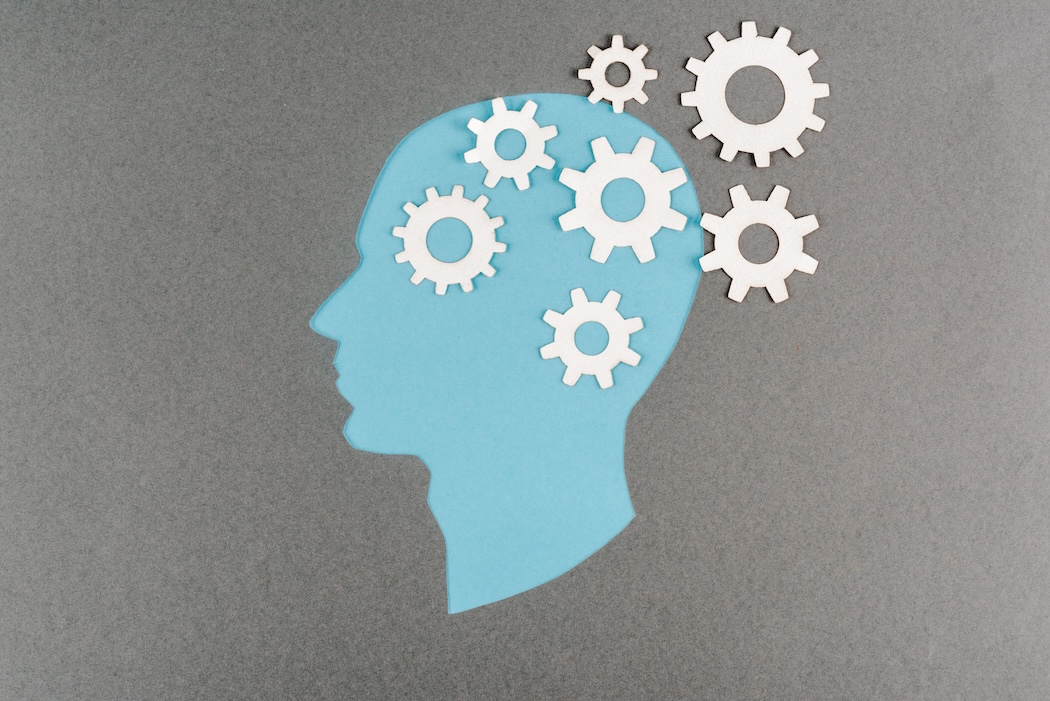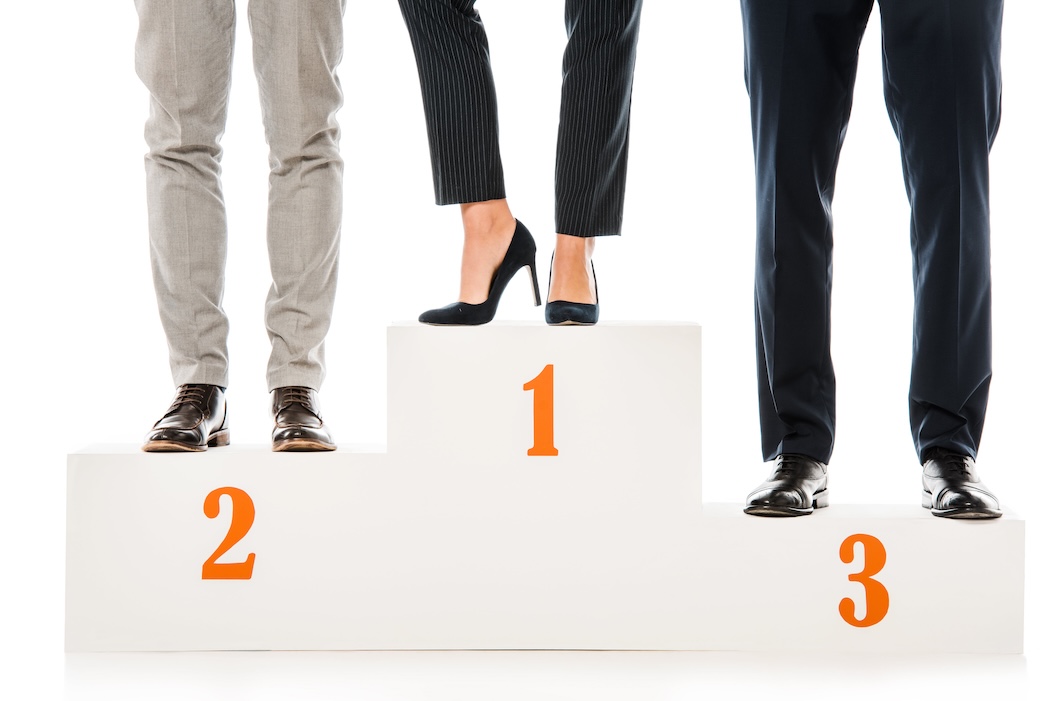Why do some employees consistently go above and beyond—while others do the bare minimum? While skills, experience, and motivation all play a role, there’s one psychological factor that often gets overlooked: recognition.
Not just once-a-year awards or top-performer bonuses, but consistent, meaningful acknowledgment of a job well done.
Research in psychology and neuroscience shows that recognition taps into deep human needs—like belonging, purpose, and reward—that directly influence performance. When people feel seen, appreciated, and valued, they’re more likely to operate at their best.
In this article, we’ll break down the psychology behind recognition, explore how it activates high performance, and give you actionable steps to build a recognition-rich culture that drives excellence across your organization.
Why Recognition Matters: The Science
At first glance, recognition might seem like a soft perk—a nice-to-have, not a business-critical function. But when you dig into the science, it becomes clear: recognition is psychologically essential for optimal performance.
Let’s unpack why.
1. The Human Brain Craves Validation
Recognition triggers the brain’s reward system, specifically the release of dopamine, a neurotransmitter associated with pleasure and motivation. This isn’t just a fleeting feel-good moment—it reinforces behavior.
🔁 Dopamine acts like a learning signal: when we’re recognized for something, our brain takes note and pushes us to repeat it.
This is the same loop that powers everything from habit formation to motivation. In the workplace, it means that recognizing desirable behaviors—like problem-solving, collaboration, or going the extra mile—makes it more likely those behaviors will recur.
“The act of being recognized activates the same part of the brain that responds to receiving money.” — Neuroscientist Dr. David Rock, NeuroLeadership Institute
2. Recognition Meets Core Psychological Needs
According to Self-Determination Theory (SDT), people perform at their best when three basic needs are met:
- Autonomy – feeling in control of your actions
- Competence – feeling effective and skilled
- Relatedness – feeling connected to others
Recognition helps meet all three.
✅ When employees are acknowledged for what they contributed, they feel autonomous. ✅ When their work is praised, they feel competent. ✅ When recognition comes from peers or leaders, it fosters relatedness.
Together, this psychological trifecta builds intrinsic motivation—the most sustainable driver of high performance.
3. Recognition Enhances Emotional Engagement
Performance isn’t just logical—it’s emotional. Employees who are emotionally engaged are more committed, enthusiastic, and resilient.
And guess what? Recognition is a top driver of emotional engagement.
A study by Gallup found that employees who receive regular recognition are:
- 4x more likely to be actively engaged
- 5x more likely to feel connected to company culture
- 3x more likely to report strong relationships with their team
These emotional bonds are critical to performance—especially in today’s hybrid workplaces, where connection can easily erode.
Recognition and Performance: What the Data Says
Let’s zoom out to look at the bigger picture. How does recognition actually influence performance outcomes across companies?
Here are some compelling stats:
- 💼 Companies with strong recognition programs see 31% lower voluntary turnover (Bersin by Deloitte)
- 📈 69% of employees say they’d work harder if their efforts were better recognized (Zippia)
- 🎯 Teams that feel appreciated are 21% more productive than those that don’t (Gallup)
- 🔁 Organizations with peer-to-peer recognition see more consistent performance improvements compared to top-down-only programs (SHRM)
The evidence is clear: recognition isn’t a cost—it’s an investment in excellence.
How Recognition Triggers Excellence (Step-by-Step)
So, how does a “thank you” or a shoutout in Slack actually transform performance?
Here’s the psychological chain reaction:
1. Recognition Builds Self-Efficacy
When employees are recognized for specific skills or outcomes, it boosts their belief in their own capabilities—a concept known as self-efficacy.
👊 The more confident someone is in their abilities, the more likely they are to take on challenges, persist through obstacles, and perform at higher levels.
2. Recognition Strengthens Goal Orientation
When recognition is linked to progress, goals become more tangible. A simple “Great work getting that feature live ahead of schedule” reinforces not just effort but achievement.
This clarity helps employees internalize standards and strive toward them.
3. Recognition Creates a Feedback Loop
Recognition is feedback—but it’s positive, specific, and motivating. It tells people what they did well and encourages them to build on that strength.
Unlike criticism, which can trigger defensiveness, recognition opens the door to proactive improvement.
4. Recognition Sparks Peer Imitation
When someone gets recognized publicly—say, for improving a process or resolving a tricky client issue—it creates social proof.
Others take notice and think: “If that’s what success looks like, I can do that too.”
Recognition spreads high-performance behaviors like ripples in a pond.
5. Recognition Builds Resilience
High performers face pressure. Recognition acts as a psychological buffer, reinforcing their value and helping them bounce back when things get tough.
A culture of appreciation helps people sustain excellence—not burn out from it.
Recognition in Practice: Make It Strategic
To truly trigger performance excellence, recognition must be frequent, specific, and culturally embedded. Here’s how to make it happen:
🟢 1. Recognize Daily Effort, Not Just Big Wins
If you only celebrate end results, you miss the chance to encourage the behaviors that lead there. Recognize progress, learning, and initiative—even if the project isn’t done yet.
🟢 2. Use Peer-to-Peer Tools
Managers can’t catch every good deed—but peers often see the micro-moments. Platforms like Karma let teams share praise in real time, build transparency, and spread positive behaviors.
🟢 3. Tie Recognition to Values
Link shoutouts to company values like innovation, empathy, or accountability. This reinforces culture while showing employees how their behavior aligns with the bigger picture.
🟢 4. Be Public, but Personal
Public recognition builds morale and visibility—but make it meaningful. A generic “Great job!” is fine, but “Your detailed onboarding doc saved the team hours—thank you!” hits harder.
🟢 5. Measure and Learn
Use recognition data to identify top contributors, emerging leaders, and culture champions. Track who gets recognized and why—then use that insight to fuel development and equity.
Final Thoughts: Recognition Is a Performance Strategy
Recognition isn’t just about making people feel good—it’s about helping them perform better, more often, and for longer. It’s backed by neuroscience. Rooted in psychology. And proven by results.
If you want your organization to operate at its highest level, don’t wait for performance reviews or annual bonuses. Build a daily rhythm of appreciation that triggers motivation, fuels effort, and spreads excellence from the inside out.
Want to Make Recognition Part of Your Culture?
Karma makes it easy to give, track, and celebrate meaningful recognition—right where your team works (Slack, Teams, or browser). With Karma, you can reinforce your values, boost engagement, and drive high performance through the power of appreciation.
👉 Try Karma for free and turn recognition into results—one shoutout at a time.


 Why Recognizing Top Performers is Not Enough: A Balanced Approach
Why Recognizing Top Performers is Not Enough: A Balanced Approach